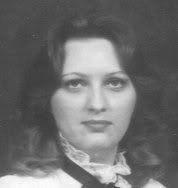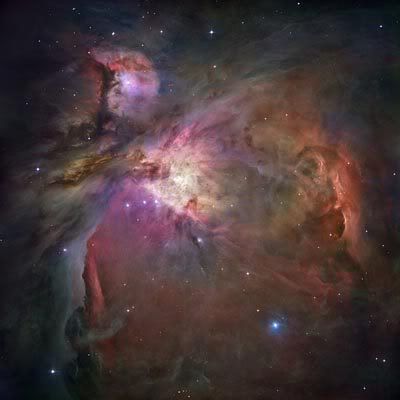January | ||
QuadrantidsJanuary 3-4 Frequency:  | Typically, 40 or so bright, blue and fast (25.5 miles per second) meteors will radiate from the constellation Bootes, some blazing more than halfway across the sky. A small percentage of them leave persistent dust trains. This shower usually has a very sharp peak, usually lasting only about an hour. | |
Parent Comet: 2003 EH1 | ||
April | ||
LyridsApril 21-22 Frequency:  | The swift and bright Lyrid meteors disintegrate after hitting our atmosphere at a moderate speed of 29.8 miles per second. They often produce luminous trains of dust that can be observed for several seconds. | |
Parent Comet: C/Thatcher | ||
May | ||
Eta AquaridsMay 5-6 Frequency:  | ||
Parent Comet: 1P/Halley | ||
June | ||
LyridsJune 14-16 Frequency:  | The June Lyrids is a low-rate shower during which you could see up to 10 meteors per hour during its peak. | |
July | ||
Delta AquaridsJuly 28-29 Frequency:  | At peak time about 20 bright, yellow meteors can be observed per hour. Because these meteors nearly broadside the Earth, their speed is a moderate 25.5 miles per second. | |
CapricornidsJuly 29-30 Frequency:  | The Capricornids are characterized by their often yellow coloration and their frequent brightness. They are also slow interplanetary interlopers, hitting our atmosphere at around 15 miles per second. Though you can expect only 15 meteors per hour at best under dark sky conditions, the Capricornids are noted for producing brilliant fireballs. | |
August | ||
PerseidsAugust 12-13 Frequency:  | This shower produces about 60 meteors per hour, and its performance is farily consistant from year to year. | |
Parent Comet: 109P/Swift-Tuttle | ||
October | ||
DraconidsOctober 8-9 Frequency:  | Expect a peak rate of 10 meteors per hour under clear, moonless conditions. | |
Parent Comet: 21P/Giacobini-Zinner | ||
OrionidsOctober 21-22 Frequency:  | This shower produces a peak rate of 20 yellow and green meteors per hour, which are fast moving at 41.6 miles per second and are known to produce fireballs. | |
Parent Comet: 1P/Halley | ||
November | ||
LeonidsNovember 17-18 Frequency:  | The Leonids are best known for their 33-year peaks, during which 100s of meteors per hour can be observed. The last of these peaks occured in 2001. | |
Parent Comet: 55P/Tempel-Tuttle | ||
December | ||
GeminidsDecember 13-14 Frequency:  | The most reliable meteor shower of the year, the Geminids are characterized by their multi-colored display--65% being white, 26% yellow, and the remaining 9% blue, red and green. | |
Parent Comet: 3200 Phaethon | ||
Source: Skyscrapers, Inc.





4 comments:
Hi ~Z~,
Welcome back!!!.I have added your new site to my blogroll.I will be visiting your new site often.I like the new look!!!.
Happy holidays!!!
Thanks Andrew! It's good to be back. Hopefully this one will stick around for awhile. :)
~z~. Good to see you're back and blogging!
Hi Ben! It's good to be back. :)
Post a Comment